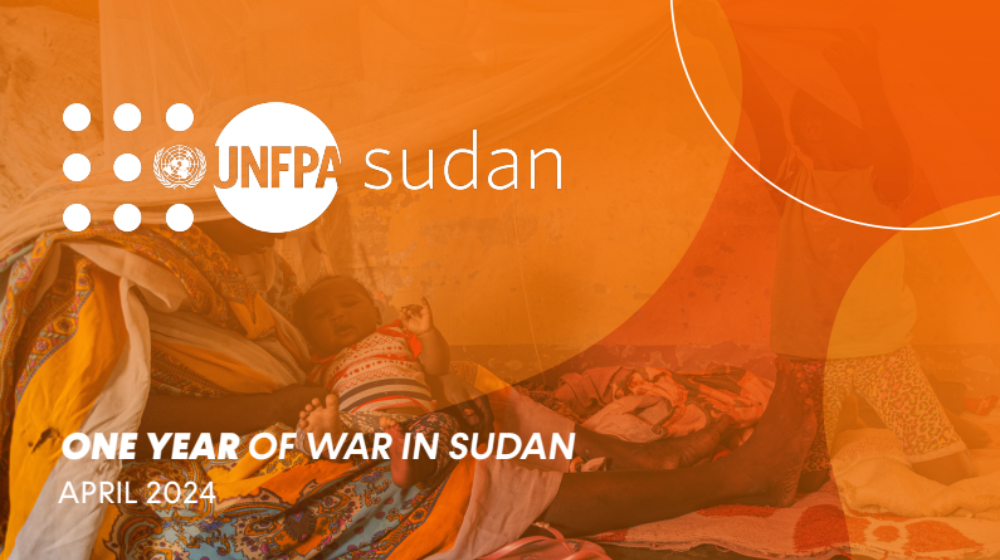In 2023, the needs of Syrians and host communities are higher than ever, particularly in light of widespread economic collapse, the cumulative impact of 12 years of conflict, climate-related challenges, and various other socio-political factors that have exacerbated pre-existing vulnerabilities.
Despite the continuing efforts of humanitarian actors, the Syria crisis remains one of the world’s most complex humanitarian and protection emergencies. As of early 2023, 15.3 million people are in need of humanitarian assistance — the highest number since the onset of the crisis in 2011. This includes 7.7 million women and girls, 4.2 million of whom are of reproductive age. Meanwhile, more than 6.8 million Syrian refugees remain as refugees in five neighbouring countries – Türkiye, Lebanon, Jordan, Iraq and Egypt, nearly half of whom are women and girls.
Prior to the earthquakes, conditions in displacement camps in the north-west of the country were already dire as people were left with little choice but to return to their homes in front-line areas, where active hostilities and indiscriminate attacks against civilians have claimed countless lives and targeted food and water resources.




